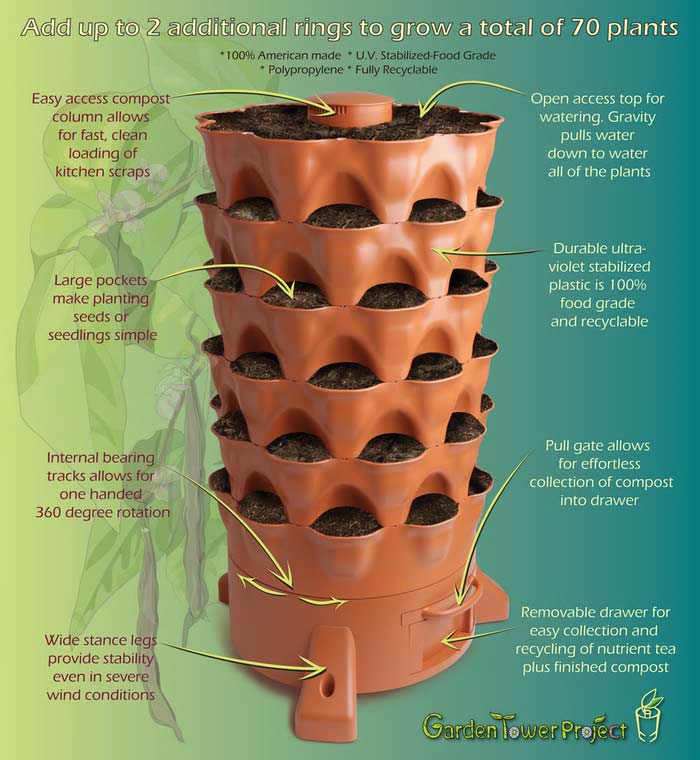What are ideal conditions?
by Dale Robinson
(Lawton, OK)
I've heard so much about how fast worms mature through different cycles in ideal conditions. I grow Alabama Jumpers. The maturing cocoon is said to be 15 - 30 days under "ideal" conditions. I'm seeing 6-10 days.
I plan to test other types of worms this summer and it will be helpful to be able to compare the results with the norm.
Comments for What are ideal conditions?
|
||
|
||
|
||
|
||
|
||
|
||
|
||
|
||
|
||
|
||
|
||











